Headline
What is a Headline?
A headline is the title of an article, blog post, webpage, or other content. It is the first thing readers see and serves as a summary or preview of the content. A compelling headline captures attention, conveys the main message, and encourages readers to click through and read the full content. Headlines are crucial for attracting and engaging the audience.
Why is a Headline Important?
A headline is important because it sets the tone for the content and influences whether readers will engage with it. A well-crafted headline can significantly increase click-through rates, drive traffic, and boost engagement. It acts as a hook that draws readers in and entices them to explore the content further.
Headlines also play a critical role in SEO. Including relevant keywords in your headlines can improve search engine rankings and visibility. An effective headline helps your content stand out in search results and social media feeds, attracting more readers.
Best Practices for Writing Effective Headlines
1. Be Clear and Concise
Ensure that your headline clearly conveys the main message of the content. Avoid ambiguity and be specific about what readers can expect. A clear and concise headline is more likely to attract attention and clicks.
2. Use Strong Keywords
Incorporate relevant keywords into your headline to improve SEO and visibility. Use keyword research tools to identify popular and relevant terms. Placing keywords at the beginning of the headline can enhance search engine rankings.
3. Create Curiosity
Craft headlines that pique curiosity and encourage readers to click through to learn more. Use questions, intriguing statements, or hints at valuable information. However, ensure that the content delivers on the promise of the headline.
4. Focus on Benefits
Highlight the benefits or value that readers will gain from the content. Explain how the content will solve a problem, provide insights, or offer useful information. Benefit-focused headlines resonate with readers and drive engagement.
5. Use Numbers and Lists
Including numbers and lists in your headline can increase its appeal and click-through rates. For example, "10 Tips for Better Sleep" or "5 Reasons to Start Yoga Today." Numbers provide a clear structure and promise specific information.
6. Keep It Short and Sweet
Aim for headlines that are short and to the point. Ideally, headlines should be between 6-10 words. Short headlines are easier to read and remember, and they fit better in search results and social media posts.
7. Test Different Variations
Experiment with different headline variations to see what works best. Use A/B testing to compare the performance of different headlines. Testing helps identify the most effective headlines for driving traffic and engagement.
8. Use Power Words
Incorporate power words that evoke emotions and prompt action. Words like "amazing," "essential," "ultimate," and "proven" can make your headline more compelling. Power words create a sense of urgency and interest.
9. Be Honest and Accurate
Ensure that your headline accurately represents the content. Avoid clickbait or misleading headlines that do not deliver on their promise. Honest and accurate headlines build trust and credibility with your audience.
10. Optimize for Social Media
Tailor your headlines for social media platforms to maximize engagement. Use hashtags, mention trending topics, and keep character limits in mind. Optimizing headlines for social media helps increase shares and reach.
By following these best practices, you can create effective headlines that capture attention, drive traffic, and engage your audience, ultimately enhancing the success of your content.
For more terms, return to the content marketing glossary and freelance writing glossary.

